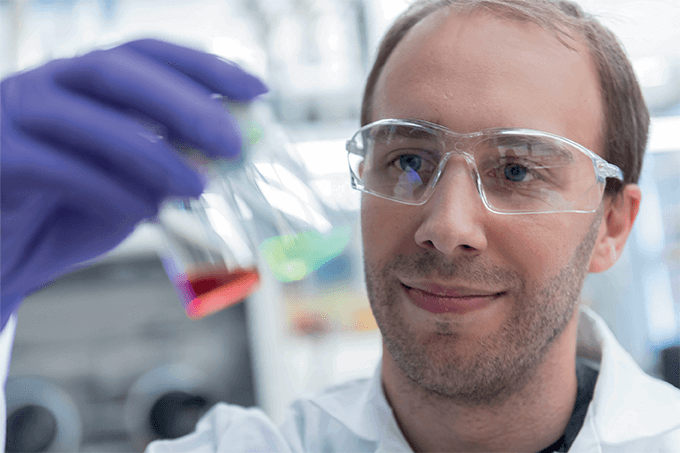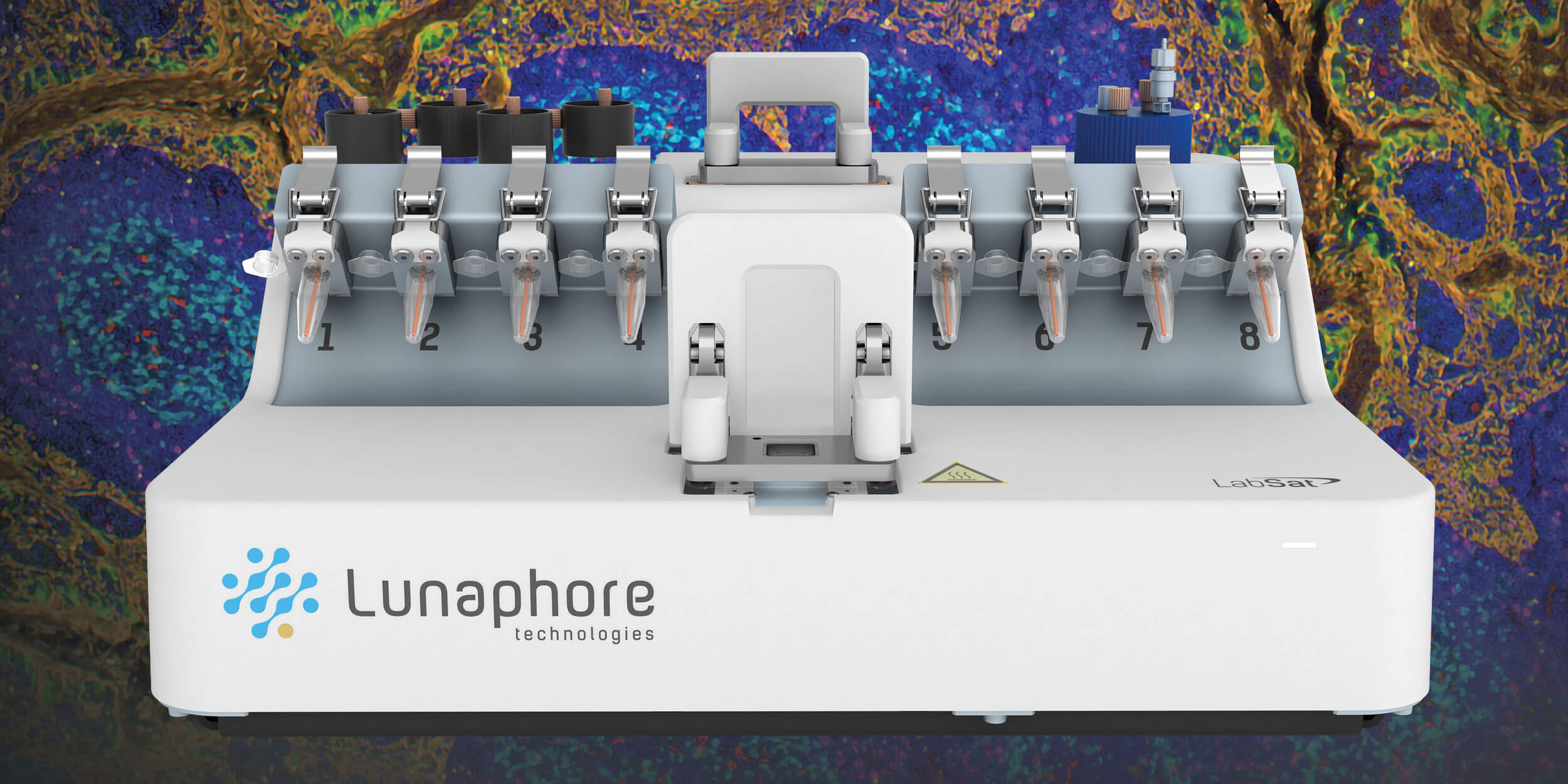
Monitoring the Microbiome
Can gut microbiota help improve the diagnosis and management of esophageal cancer?
Esophageal cancer is the sixth most common cause of cancer-related death worldwide despite the introduction of innovative surgical, chemotherapeutic, and radiological interventions. The high mortality rate is largely attributed to the large number of patients presenting with established disease, signaling a need for improved diagnostic tools to accurately dissect individual risk. To improve the odds, a research group led by Loris Lopetuso from Catholic University of Rome, Italy, delved into the pathogenesis of esophageal adenocarcinoma (EAC), asking: what drives the transition from normal esophageal epithelium to Barrett’s esophagus (BE) and EAC? And can we detect a unique signature that might allow us to spot the changes early (1)?
Previous studies have demonstrated that gut microbiota can play a crucial role in digestive tract health, including in several gastrointestinal diseases and various types of cancer. Culture-independent molecular techniques now facilitate the identification of bacterial actors that could represent significant markers of increased cancer risk. The researchers found a higher level of bacterial diversity in patients with EAC than those without (including a relative abundance of Bacterioidetes species but a relative paucity of Firmicutes in the cancer patients) – an unexpected finding, according to Lopetuso, who notes that intestinal diseases are typically linked to a lack of bacterial diversity. Further differences in the bacteria present separated the microbiota of patients with EAC and those with BE.
“Taken together, our data indicate that BE and EAC mucosal samples can be differentiated by specific characteristics of the gut microbiota; changes to the gut microbiota could represent a predisposing factor for BE – making it the closest precursor of EAC not only histologically, but also microbially,” Lopetuso says.
Genetic tests already exist to characterize BE and EAC, and to predict the progression of disease. “Now, though, we have found that specific microbial markers can further differentiate the two conditions, increasing our powers of prediction,” says Lopetuso. Identification of the microbial communities associated with carcinogenesis is of crucial importance in terms of finding risk factors and could potentially guide surveillance protocols. If coupled, genetic and microbial markers may help detect EAC at earlier, more treatable stages. Moreover, they could reduce the need for repeated surveillance procedures on large numbers of patients who never progress to cancer.
- LR Lopetuso et al., “Characterization of esophageal microbiota in patients with Barrett’s esophagus and esophageal adenocarcinoma”. Presented at the 26th UEG Week; October 20-24, 2018; Vienna, Austria.
While completing my undergraduate degree in Biology, I soon discovered that my passion and strength was for writing about science rather than working in the lab. My master’s degree in Science Communication allowed me to develop my science writing skills and I was lucky enough to come to Texere Publishing straight from University. Here I am given the opportunity to write about cutting edge research and engage with leading scientists, while also being part of a fantastic team!















